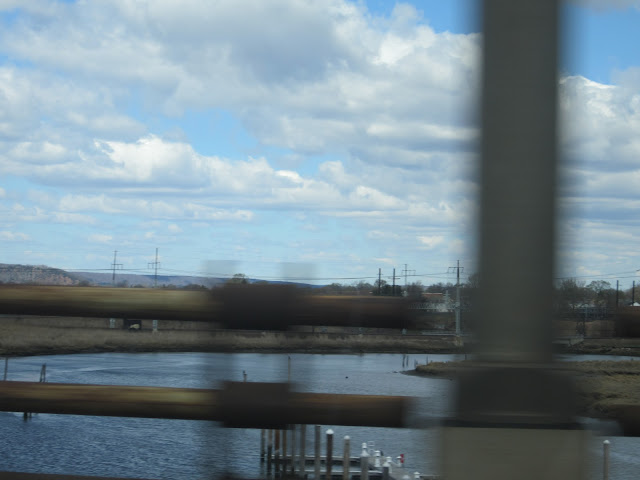 |
| This series of photographs is meant, in ways, to be a response to this running water is death, a film presented by Rei Terada at the ACLA plenary session (March 31, 2012), Thinking Disaster, and to the ACLA panels and Providence encountered there, and perhaps in particular to the continuing and profound conversations with Michelle Cho (missing Travis Tanner and Annette Rubado, of course). In ways, it was as if everything in the past ten years had wound up to this point, and the images that follow are all taken relatively blindly, from the car as I was driving away through Rhode Island. It was the driving away that was inevitable. |
 |
| Call it a happy accident; the question is why frame action in this way? Even above, you can see how it tends to the edges, already suggesting that there is something to see like the womb in abyss... |
 |
| Sometimes, it is the foregrounding of coincidence that makes perceptible the continual registration of ``phenomenal death,`` of death already. |
 |
| He had, after all, stated that the Arendtian liberal model needed to be ``heavily worked on.`` |
 |
| Then, there was another discussion about ``underdevelopment.`` |
 |
| Which I understood as a form of disaster, something like the logical, but irrational, underside of development. |
 |
| As where we are when we are between the necessary and the intolerable. |
 |
| At least from there we can think about figures of resistance without feeling we are obliged to do away with the beauty of decrepit buildings. |
 |
| In this room, we arrived at three terms for signifying a form of community ``after the subject``: ad hoc, emergent, and spontaneous. |
 |
| For example, if you would believe it, I took this picture because I kept wanting to capture the ---. |
 |
| In other words, value is no longer aligned with aesthetics, but with production. |
 |
| But all things point towards retrospection, as what is inevitable. For Joshua Clover, this has something to do with line break, ``the dominant formal fact of poetics.`` |
 |
| I am less inclined. |











2 comments:
I love it!
thx,X.
Post a Comment